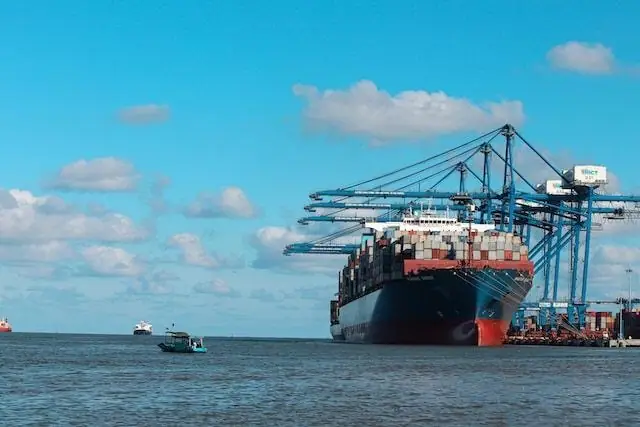How does the auto transportation industry deal with its many setbacks during overseas shipping? And what exactly are the setbacks that car shipping companies deal with during every overseas shipping? Below Tony Taylor will get into the common problems of car transport companies and how we deal with them. Let’s get started.
Common Problems During Overseas Vehicle Shipping
1. Delays
Delays are most common when it comes to overseas shipping for vehicles. The reason is that ships are fairly slow to move. For instance, a cargo ship going from the USA to China can take between 15-25 days, depending on where the boat left from the USA.

Not only that, there are many stops along the way. Delays are a common problem with overseas shipping as logistically, the fact that cars can be shipped overseas is a miracle in itself. The way to deal with these delays is to give a range of days when the vehicle will arrive, rather than a specific date.
The problem with this however is certain customers (racecar drivers are a good example) that need their vehicle on a specific date. If you need your vehicle to be at your destination on a specific date, work with your shipping company to plan far in advance (months in advance) to have your car on the specific date.
The other option is to ship your vehicle ahead of time and leave it in storage. This will of course cost extra, so if you can logistically plan it well enough your vehicle won’t incur extra charges sitting in storage.
2. Damage
Another problem is that your vehicle may be damaged during shipping. This is true not only for cars but any package that is shipped through a shipping company. The best way to deal with damage is by having suitable insurance.
Not all insurance is made equally, so it’s always a good idea to speak with your car transportation agency about what type of insurance is included with your delivery. Some companies may not have insurance at all, which is a huge problem when it comes to the legality of running a car transport business.
A good way to know if your company is legit is by checking the Department of Transport’s website and the Federal Motor Carrier Safety Administration to see if they are listed, as this will prove they are working under regulations and not as a fly-by-night operation.
Also, it’s a good idea to check the amount that your vehicle will be insured for. If you own a relatively expensive vehicle, then it’s likely the insurance that is provided by the carrier will not be enough to cover it fully. Always do your due diligence when it comes to transporting your vehicle to ensure safe transportation.
3. Communication
Communication is critical, especially when it comes to dealing with the shipping and handling of expensive vehicles. While some companies fail to let you know where your vehicle is at every moment, companies like https://www.a1autotransport.com work nonstop to create critical communications between the customer and the carrier during transport.
However, sometimes the ship is in the middle of the sea and contact can be difficult. Customers should understand that it isn’t possible to know where your vehicle is 24/7, but with great communication offered by carriers, it is possible to give them enough information during shipping to appease any worries they have.
Domestically, it is becoming possible to track shipments throughout the USA, and companies are even starting to offer these services. You may also even get the phone number of your delivery driver should you choose a domestic shipping option and your carrier allows it.
Final Thoughts
In an era where globalization fuels demand for overseas vehicle shipping, the auto transportation industry confronts several inherent challenges. As Tony Taylor elucidates, these range from the inevitability of delays, and potential damages, to the pivotal aspect of communication.
Ships inherently traverse at a relatively slow pace, leading to extended transit times, which can be further exacerbated by multiple stopovers. Planning and providing a flexible delivery window is essential to navigate these unpredictable terrains.
Meanwhile, damage risks loom large, emphasizing the paramount importance of adequate insurance coverage. Due diligence is indispensable, not only in ascertaining a transport company’s legitimacy but also in ensuring comprehensive insurance coverage, especially for high-value vehicles.
Finally, transparent and continuous communication stands as the cornerstone of this industry. While technological advances have paved the way for superior domestic tracking capabilities, overseas transits still grapple with intermittent communication challenges. Yet, forward-looking companies are consistently striving to bridge these gaps, ensuring that customers remain informed and reassured.








I enjoyed this blog and It helped me to find the best transportation service. Keep us updated.